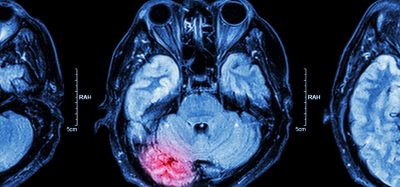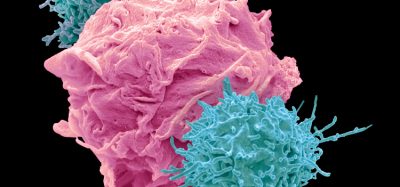New first trimester screening algorithm for preeclampsia
Posted: 10 May 2024 | Drug Target Review | No comments yet
The screening model combines maternal history, ultrasound data and several tests for blood markers to enable personalised treatment.

Researchers at the American Heart Association have developed a new screening algorithm for preeclampsia which combines maternal history, ultrasound data and several tests for blood markers. This could better predict most preeclampsia cases in the first trimester of pregnancy, when it may still be preventable.
Preeclampsia is the most dangerous form of high blood pressure during pregnancy, where blood pressure measures ≥140/90 mm Hg. It is the leading cause of maternal death worldwide, affecting one in 25 pregnancies in the US. More common in first-time pregnancies, symptoms include headaches, vision changes and swelling of the mother’s hands, feet, face or eyes, or a change in the well-being of the baby. Furthermore, recent research has found that preeclampsia can be linked to an increased risk of developing cardiovascular complications for women later in life.
The American College of Obstetricians and Gynecologists (ACOG) currently recommend pregnant women to take aspirin if they have a major risk factor like chronic high blood pressure, type 2 diabetes, chronic kidney disease, lupus or preeclampsia in a prior pregnancy. Also, aspirin is recommended by ACOG for pregnant women with two moderate risk factors such as being a black woman, having a sister or mother with history of preeclampsia, having a first pregnancy, obesity or an IVF pregnancy.
Previous studies conducted by the Fetal Medicine Foundation found that preterm preeclampsia, defined as developing preeclampsia before 37 weeks of gestation, can be predicted in the first trimester using a combination of ultrasound and blood biomarker tests.
In the new study, the team recruited over 7,554 women with first-time pregnancies across Canada who were between 11 and 14 weeks pregnant to evaluate the Fetal Medicine Foundation’s screening model. The model consisted of maternal history, ultrasound data and numerous tests for blood markers. For participants between 11 and 13 weeks of pregnancy, the detection rate was 63.1 percent for preterm preeclampsia and 77.3 percent for early preeclampsia (before 34 weeks of gestation). The false positive rate was 15.8 percent.
Contrastingly, using the risk factor-based guidelines from the ACOG, the detection rate for preterm preeclampsia would be 61.5 percent, and 59.1 percent for early preeclampsia. This would be with a false-positive rate of 34.3 percent, over twice the false-positive rate of the Fetal Medicine Foundation’s screening model.
Delivering the baby is the only way to resolve preeclampsia once it has developed. However, a previous meta-analysis by the study authors found that taking one low-dose aspirin daily may reduce the risk of developing preeclampsia by up to 53 percent.
Dr Emmaneul Bujold, professor in the department of obstetrics and gynecology at the Université Laval in Québec City, commented: “Using this new screening model, treatment decisions were based on each individual’s personal risk…With their personal risk calculated, it’s much easier for a woman to make the right decision, for example, if she chooses to take daily low-dose aspirin, she is much more likely to follow through because it’s based on personalised screening test.”
“It’s reasonable to believe that the inclusion of the entire population and immediate analysis of blood samples may both have improved the screening process. If we implemented a screening programme in big cities across North America, the screening would be expected to be even better and more accurate,” Dr Bujold added.
Dr Sadiya Khan, Magerstadt Professor of Cardiovascular Epidemiology, associate professor of medicine and preventive medicine at the Northwestern University Feinberg School of Medicine and preventive cardiologist at Northwestern Medicine, explained: “Since the risks for preeclampsia may be largely influenced by health before pregnancy, the ability of a screening model to be applied in early pregnancy is very helpful and can initiate conversations between the clinician and patient about strategies to optimise heart health.”
She continued: “However, challenges remain with implementation of models such as this one that integrate biomarkers that are not routinely assessed and may not be widely available, especially among people in vulnerable populations who are most likely to have the highest risk for preterm preeclampsia.”
This study was published in Hypertension.
Related topics
Biomarkers, Personalised Medicine, Screening
Related conditions
Preeclampsia
Related organisations
Northwestern Medicine, Université Laval







